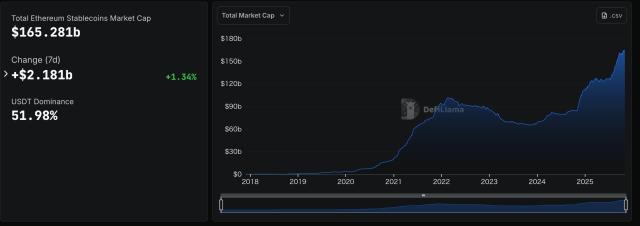Do you believe Bitcoin will become "digital gold"? This week, a Reddit post featured an ordinary working father who rejected short-term trading and high leverage, choosing instead to buy BTC at a fixed monthly rate, hoping to leave 9 to 10 Bitcoins for his children over 15 to 20 years. Let's see the challenges he faced.

The core of the "boredom" strategy is regular fixed-amount spending.
The father frankly admitted that his income wasn't abundant, but he was willing to adhere to the principle of Regularly Deposit-Amount Investing (DCA) in the long term. He explained that his goal was simple: not to chase the rise and fall of the US dollar's market value, but to eventually accumulate a sufficient amount of Bitcoin. Based on the price of approximately $110,000 at the time of writing, 10 Bitcoins were already a considerable asset, but he was more concerned about scarcity. He mentioned in the post:
"Five years ago, it might have taken 90 bitcoins to be worth the equivalent of $110,000 today; perhaps in another five years, just one bitcoin will be enough."
This way of thinking shifts the focus from price to the scarcity of supply, echoing the concept of "trading time for average cost" emphasized in the Bitcoin dollar-cost averaging principle.
Discipline against fluctuations: the psychological tug-of-war
However, while DCA sounds simple, its actual implementation tests one's mental fortitude. The author of the post confessed that in the early stages, because he couldn't see the stimulation brought by the sharp short-term rises and falls, he often felt "bored" and even considered "trying 5x leverage once," but fortunately he ultimately restrained himself.
When the cumulative progress reached about 40% of the target, a 20% intraday drop in Bitcoin's price brought new pressure, and he spent a lot of time convincing himself that the drop was a way to "buy Satoshis" at a cheaper price.
This experience aligns with DCA's view on how to reduce emotional trading: regular buying can minimize the impulse to "buy high and sell low".
20-Year Blueprint: From Investment to Succession
Bitcoin is just the beginning; the longer-term challenge is how to securely pass on digital assets to the next generation. The author of the post also researched multi-signature wallets, wills, and trusts, and consulted recommendations on secure digital asset lists , private key succession agreements, and legal frameworks to ensure that accounts, seed phrase, and legal documents can be properly activated in the event of a risk event.
If his assets eventually reach a high net worth level, he also considers bringing in professional trustees or establishing a family office to create a stable, multi-generational structure.
What we leave to the next generation is not just money, but also methods.
With crypto-native assets gradually becoming a mainstream option, the traditional "real estate + stocks" combination is no longer the only answer. This father's story highlights two things: first, long-term, disciplined action can cultivate patience in highly volatile markets; second, sound legal and technological solutions are equally crucial for asset transfer.
Whether Bitcoin can ultimately become "digital gold" remains to be seen, but this father's seemingly mundane daily actions demonstrate the possibility of steady progress amidst huge fluctuations. His 20-year plan reminds investors that patience, discipline, and a sound inheritance mechanism may be the three most practical keys in the era of digital assets.







